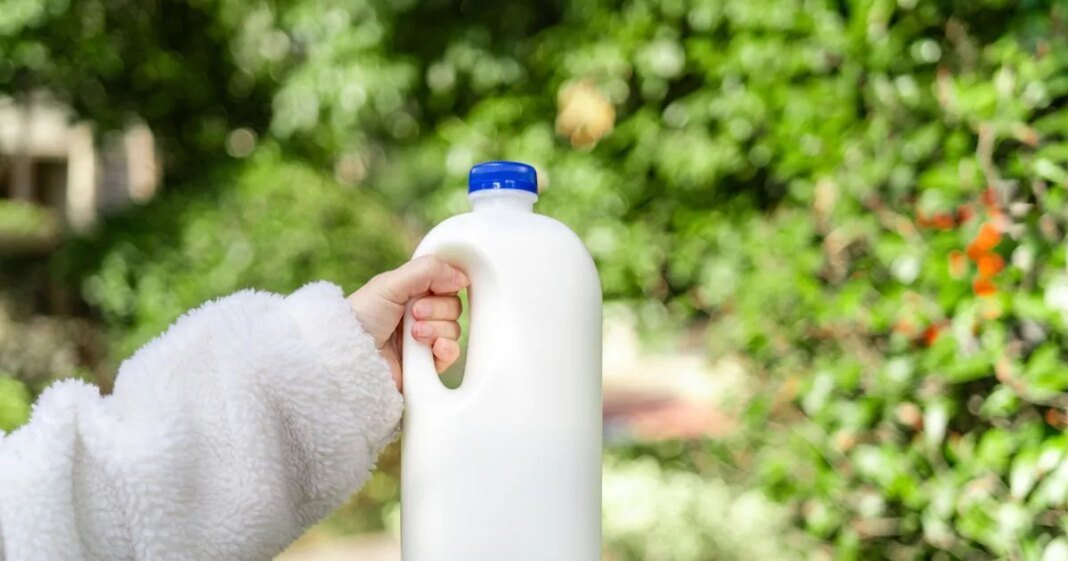Gardeners urged to pour gone off milk on their soil immediately
Milk that has passed its expiry can turn into a thick yoghurt-like formula, and can often smell foul. But spoilt milk actually has a little-known use in the garden, so don’t pour it away just yet.
As we enter spring, it’s the perfect time to get back out into the garden. In fact, the Royal Horticultural Society estimates that 30 million Brits will be gardening in 2025. So, to prep for the blooming season, outdoor experts have recommended using gone-off milk to grow your plants. Most of us want to toss it as soon as we discover it festering in the back of our fridge. But, according to the Greenwashing Index, you should refrain from chucking it in the bin.
That’s because spoilt milk is actually a fantastic compost ingredient. It contains calcium, nitrogen and phosphorus, which are all compounds that plants need to grow. Plus, the calcium also helps prevent blossom-end rot, which are dark patches that appear on the underside of vegetables like aubergines.
Even more importantly, it can help reduce unnecessary household waste. A shocking 490,000 tonnes of milk end up getting thrown out in the UK every year, according to Waste Mission. Therefore, using it in your garden instead can actually make a huge difference to the planet. The reason as to why the gone off stuff is preferable to fresh milk is because adding produce that hasn’t broken down yet can create a mess. Since it’s an organic material, you risk attracting unwanted mildew and bugs while you wait for it to decompose, as well as creating an unpleasant smell in your garden.
Wondering how exactly to use it in your garden? The Greenwashing Index advises: “Just mix it in with the soil around plants. Milk also makes an excellent preventative spray against powdery mildew – simply dilute it one part to 10 parts water then apply over the surface of the leaves.”
Another spoilt ingredient that you can use is flour. The Greenwashing Index suggest that leafy crops, like spinach, kale and lettuce, can benefit from stale flour. Flour contains the element nitrogen, as well as other important micronutrients such as calcium. This makes it an unlikely but ideal soil enricher.
The best time to use it is before the crops begin to grow, and it can be added directly onto the soil or to the compost bin. They write: “Lightly dust stale flour over soil a few weeks before planting, or just add it in thin layers to your compost heap.”

